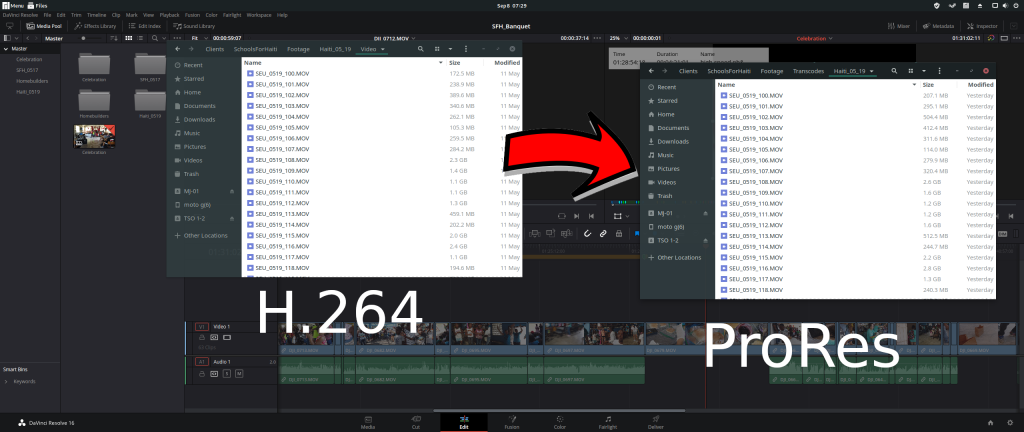

There are many ways of converting video files.

That is why I would like to convert from one container format to another. But since the container is different, it may still be unplayable in certain software. In those cases, the inside of such files is identical to the content of a. avi files may contain H.264 video and AAC audio. The important thing to notice is that both. However, both H.264 and AAC can also be embedded in other containers, such as. These are both parts of the MPEG-4 standard and can be embedded in. The most common today is to use the H.264 format for video and AAC for audio. Also, here there are many different formats. The compression format denotes how the video data is organized on the inside of a container. For example, many web browsers are not able to play these formats natively. This is confusing and can also lead to various playback issues. However, both Apple and Microsoft software (and others) still output other formats. Nowadays, there seems to a converge towards using MPEG containers and. mov format for QuickTime files and Microsoft used to use. The container is often what denotes the file suffix. One of the confusing things about video files is that they have both a container and a compression format. In the following I will explain everything in a little more detail. If you came here to just see the solution, here you go: ffmpeg -i infile.mov -acodec copy -vcodec copy outfile.mp4 Here I will convert from a QuickTime (.mov) file to a standard MPEG-4 (.mp4), but the recipe should work between other formats too. In my ever-growing collection of smart FFmpeg tricks, here is a way of converting from one container format to another.


 0 kommentar(er)
0 kommentar(er)
